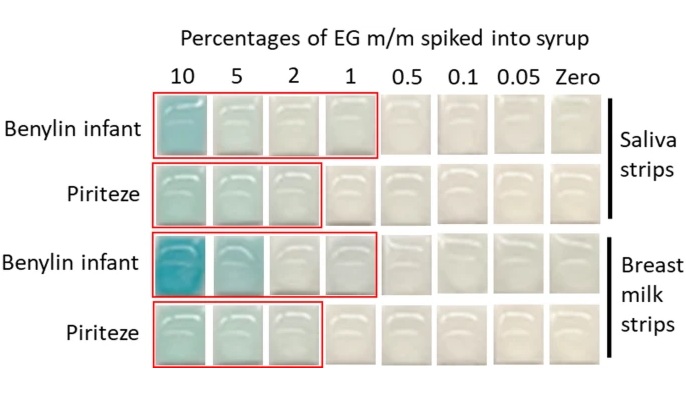Breakthrough Virus Detection Technology Combines Confocal Fluorescence Microscopy with Microfluidic Laminar Flow
Posted on 01 Oct 2024

Current virus detection often relies on polymerase chain reaction (PCR), which, while highly accurate, can be slow, labor-intensive, and requires specialized lab equipment. Antigen-based tests provide quicker results but often lack the sensitivity and accuracy of PCR. Now, a new method that combines confocal fluorescence microscopy with microfluidic laminar flow marks a significant advancement in virus detection. Unlike traditional PCR, this innovative approach can rapidly detect individual virus particles cost-effectively, using a 3D-printed microscopy technology called Brick-MIC. This method boosts both sensitivity and specificity in virus detection, potentially transforming how viral outbreaks are monitored and managed. Its portable and user-friendly design makes it well-suited for wider clinical applications, strengthening public health responses to emerging viral challenges.
The breakthrough virus detection method developed by a group of researchers that included scientists from The Hebrew University of Jerusalem (Rehovot, Israel) uses laminar flow in a microfluidic channel along with fluorescence signals from free dyes and labeled antibodies to reveal key characteristics of nanoparticles. The team demonstrated the method's accuracy by testing it on fluorescent beads and various viruses, including the SARS-CoV-2 Spike protein. One of the key elements of this new assay is the use of hydrodynamic focusing, which significantly enhances sensitivity, enabling virus detection at clinically relevant concentrations.
Its portability and the use of the affordable 3D-printed Brick-MIC setup make it accessible for clinical environments. This innovation signals a shift toward rapid and precise virus detection, in line with personalized healthcare principles. By enabling fast, specific identification of viruses, this technology could help tailor medical interventions to individual patient needs, improving the timeliness and effectiveness of treatments. The research was published in iScience, with the 3D-printed microscopy approach detailed in Science Advances.














